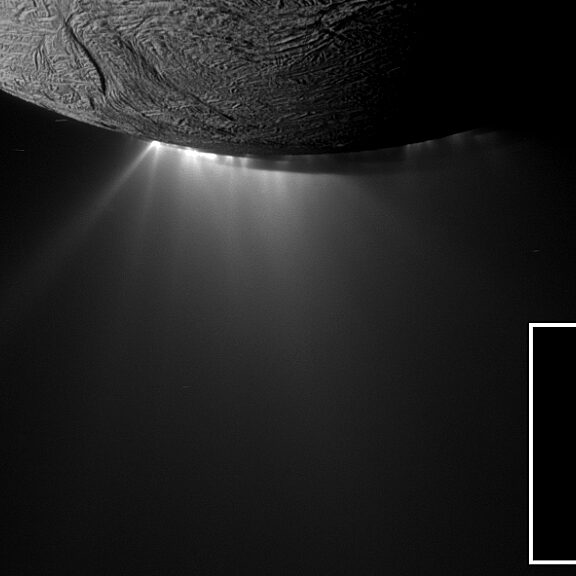All
All
Stories, updates, insights, and original analysis from The Planetary Society.
What is the difference between astronomy and astrology?
The words may be similar, but astronomy (a science) and astrology (a divinatory practice) are very different things.
What are planets made of?
A look at the compositions of terrestrial planets, gas giants, and ice giants in our Solar System.
The hottest and coldest places in the Solar System
The worlds of our Solar System run the gamut of temperatures. Here are some of the hottest and coldest places we know of.
Is space science worth the money?
Space science costs money. Here's why it's worth the investment.
Is Planet X/Planet Nine real?
Planet X and Planet Nine are planets that have, at one time or another, been thought to exist in our Solar System. Both were hypothesized to explain the orbital characteristics of smaller outer Solar System bodies.
Is the Moon shrinking?
The Moon is shrinking in both actual volume and its apparent size from Earth’s perspective. We explain how scientists know this, why it happens, and how it might affect Earth.
An exquisite cosmic coincidence
Why eclipses on Earth are unlike anything else in the Solar System.
How to host an eclipse party
Hosting a solar eclipse-watching party is a fantastic way to share one of nature’s most awe-inspiring events with your friends and family. Here’s a guide to hosting a safe and memorable eclipse-watching party.
What is Venus' quasi-moon Zoozve?
The story behind the newly-named quasi-satellite of Venus.
The best places to search for life in our Solar System
From Earth's neighboring planets to distant moons, these are the best places to look for alien life.
The coolest moons of Jupiter and Saturn you’ve never heard of
Meet the lesser-known moons of our Solar System's gas giants.
Asteroids vs comets vs meteorites/meteoroids/meteors
A handy guide to help tease apart the differences between asteroids, comets, meteors, meteorites, and meteoroids. e
What is a planetary conjunction?
An explainer on planetary conjunctions, and what it means when a planet is at conjunction or at opposition.
How do we see the surface of Venus from space?
Although Venus is shrouded in a thick atmosphere, several spacecraft have been able to image its surface from space. Future missions will expand and refine the maps we already have.
What are Jupiter’s Galilean moons?
An introduction to Jupiter's moons Io, Europa, Ganymede, and Callisto.
Looking for long waves
Why JWST observes in the infrared.
The best of 2023
The results are in for the Best of 2023! People around the world voted, and here are the winning space images, missions, exploration milestones, and more.
How old is the Earth?
The Earth is thought to be about 4.54 billion years old. Learn more about how it formed, and how we know when this all happened.
Lucy’s flyby of Dinkinesh: Everything you need to know
On Nov. 1, 2023, NASA’s Lucy spacecraft flew past Dinkinesh, a small asteroid in the main belt, and discovered a binary pair of moonlets in orbit around the asteroid.
Why aren't there more close-up images of Uranus and Neptune?
There aren't many close-up, high-resolution images of the ice giants Uranus and Neptune. The reason comes down to distance.


 Explore Worlds
Explore Worlds Find Life
Find Life Defend Earth
Defend Earth


 Sun
Sun Mercury
Mercury Venus
Venus Earth
Earth Mars
Mars Jupiter
Jupiter Saturn
Saturn Uranus
Uranus Neptune
Neptune Small Bodies
Small Bodies

















